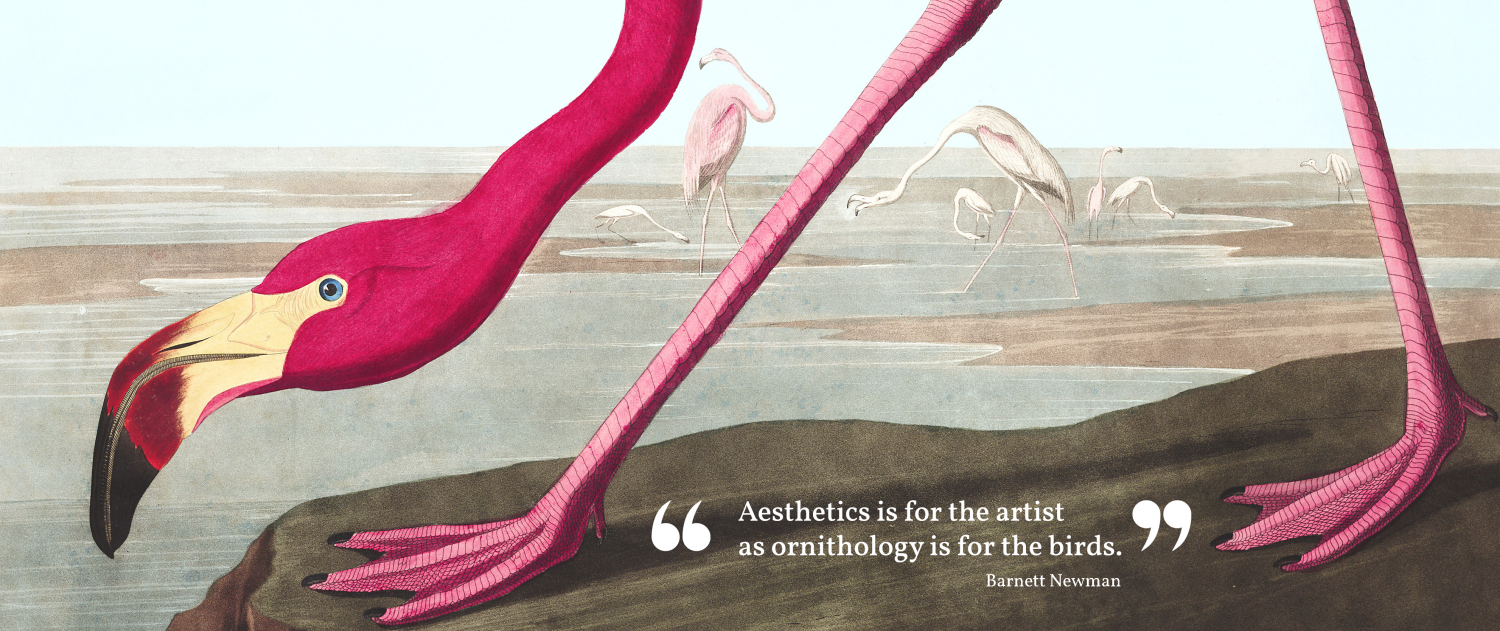The question of which genre “Old Town Road” belongs to isn’t just an idle curiosity. It’s pretty important. Continue reading

June 29, 2020
by Aesthetics for Birds
0 comments


June 29, 2020
by Aesthetics for Birds
0 comments
The question of which genre “Old Town Road” belongs to isn’t just an idle curiosity. It’s pretty important. Continue reading
March 19, 2020
by Aesthetics for Birds
0 comments
What follows is a guest post by Patrick Fessenbecker. In a recent column in The New York Times, Ross Douthat contends that English professors aren’t having the right kind of arguments. Reflecting on the analysis of the decline of the humanities in a series of essays in the Chronicle of Higher Education over the last year, Douthat makes a familiar diagnosis: the problem is that we literature professors no longer believe in the real value of the objects we study. Engaging Simon During’s account of the decline of the humanities as a “second secularization” in particular, Douthat argues that secular attempts to defend the humanities will fail just as surely as secular attempts to defend religious ethics and norms did: it doesn’t work unless you really believe in the thing. Correspondingly, the debates literary scholars are having about how to expand the range of texts and subjects we teach are … Continue reading
October 7, 2019
by Alex King
0 comments
Adrian L. Jawort, a Northern Cheyenne Two Spirit journalist and writer, has written a piece for the Los Angeles Review of Books in which they reflect on the critical reception of two young adult novels by Native American author Rebecca Roanhorse. The controversy: Roanhorse is a member of the Ohkay Owingeh Pueblo tribe, but her novels feature a Diné (Navajo) protagonist, and center on events in Dinétah, the traditional land of the Diné people. The problem came in the form of a 2018 letter, signed by 14 Navajo writers, that accused Roanhorse of appropriating another tribe: “Trail of Lightning is an appropriation of Diné cultural beliefs.”
November 22, 2018
by Aesthetics for Birds
0 comments
Happy Thanksgiving to all of our lovely readers! Today – as throughout the year – we’re thankful for you, for making this a fun and stimulating space to talk about aesthetics and the philosophy of art. As a little 30-second Thanksgiving Day treat, enjoy turkey dinners in the style of a few famous painters.
April 13, 2018
by Aesthetics for Birds
0 comments
Breaking news: In an interview with interior designer Axel Vervoordt, Kanye West reveals that he is working on a philosophy book. I’ve got this new concept that I’ve been diggin’ into. I’m writing a philosophy book right now called Break the Simulation. And I’ve got this philosophy — or let’s say it’s just a concept because sometimes philosophy sounds too heavy-handed. I’ve got a concept about photographs, and I’m on the fence about photographs — about human beings being obsessed with photographs — because it takes you out of the now and transports you into the past or transports you into the future. It can be used to document, but a lot of times it overtakes [people]. People dwell too much in the memories. I mean, it’s not a ridiculous, uh, concept. But I hope it gets developed a little better than that paragraph suggests. I wonder if he’ll engage with … Continue reading
March 19, 2018
by Aesthetics for Birds
2 Comments
At her blog, L. M. Bernhardt has written a response to John Dyck’s recent post defending country music. In her post, “…but it’s all right.” she articulates something that worries her about Dyck’s presentation of country music as unsophisticated. There is an important difference between the music born from the life of farmers and miners and the music that deploys that life as a sign of authenticity for consumers who don’t necessarily live there anymore. She goes on to explain: it’s a major feature of contemporary bro-country, which tends to be an assembly-line-produced mess of redneck identity signifiers masquerading as “authentic” country music. A pop-country performer like Brad Paisley (who is good at his job — don’t get me wrong!) bears little to no resemblance to someone like Ralph Stanley or Hazel Dickens. He and his usual co-writers produce songs about country as an identity. Hazel Dickens wrote and sang from it, and I think that makes a big … Continue reading
February 23, 2018
by Alex King
1 Comment
In a post for the Oxford University Press Blog titled “Cosplay is Meaningless”, G.R.F. Ferrari, a professor of Classics at Berkeley, argues that cosplay is just about perfecting the art of dress-up. He writes: Cosplayers … are not out to intimate something about themselves, or, for that matter, about anything else. As an occasional cosplayer myself, I have to say that I couldn’t disagree more with what Ferrari says. Cosplay is much more aesthetically, socially, and personally important than he gives it credit for.
January 17, 2018
by Aesthetics for Birds
1 Comment
Bad art is bad. And bad things aren’t good. How can some art be so bad it’s good? John Dyck (CUNY Graduate Center) and Matt Johnson (Millersville University) have recently co-authored a paper for the Journal of Value Inquiry that answers this question.
January 15, 2018
by Aesthetics for Birds
2 Comments
What are colors, really? If we see colors differently than bees do, does that mean that colors aren’t real? Should we take into account the fact that some painters are color blind? Issues like this have occupied painters since at least the 20th century. Josef Albers wrote extensively about color theory and his paintings reflect that. Neil Harbisson, a British artist with a severe form of color blindness (achromatopsia, i.e., grayscale vision), thinks that being colorblind has made his art better, and now has implants that (debatably) allow him to hear color. And other stories like this abound. It’s even rumored that Van Gogh was color blind, though the Van Gogh museum disputes that. A recent book, A Naive Realist Theory of Colour by Keith Allen, defends the existence of colors despite all of the worries we might have. In a blog post over at Oxford University Press, Allen writes: One of … Continue reading
December 4, 2017
by utahphilosoraptor
3 Comments
Short answer: no, but a great clickbait title. Long answer: it’s possible that the CIA promoted abstract expressionism as an expression of soft power, meant to contrast the individualism of American artists with the realism of Soviet-approved art. Either way, I’m thinking that those philosophers of art who attempt to define art really err when they failed to include “sponsored by the CIA” as one of their criteria… Image credit: “Flag” (1955) by Jasper Johns at MoMA, photo by Nathan Laurell via Flickr